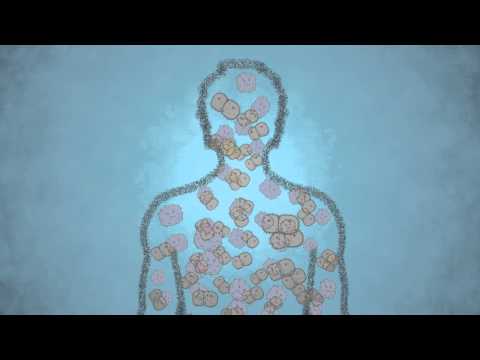1.3: What are Vaccines?
- Page ID
- 19707
Vaccines are a product given orally, nasally, or by injection to prevent people from acquiring specific diseases. The types of diseases that are prevented by vaccines are called “vaccine-preventable diseases.” Examples of these diseases include chickenpox (varicella) and human papilloma virus (HPV) – though vaccine-preventable diseases will be discussed in detail in Chapter 2.
As noted by the World Health Organization (n.d.), vaccines are a safe and proven tool to prevent life-threatening infectious diseases. “Vaccines work by taking advantage of antigen recognition and the antibody response” (Khan Academy, n.d., under Vaccines). “A vaccine contains the antigens of a [specific] pathogen that causes disease” (Khan Academy, n.d., under Vaccines). For example, the measles vaccine contains the antigens specific to measles. When a person is vaccinated against measles, the immune system responds by stimulating antibody-producing cells that make measles antibodies. As a result, if the body comes into contact with measles infection in the future, the body is prepared to fight it. See Video Clip 1.1 for a description of what vaccines are and how they work.
Video Clip 1.1: “What are vaccines and how do they work?” by Oregan State University Ecampus. CC BY-NC-SA 4.0
Vaccines play an important role in healthy communities for several reasons:
- First, they stimulate a person’s immune system to develop antibodies against diseases for protection against that disease.
- Second, they protect others by limiting the spread of disease (community immunity). This is important in order to protect vulnerable individuals such as infants, older adults, and those who are ill and unable to receive vaccines for a variety of reasons, including weakened immune systems.
Points of Consideration
The act of administering a vaccine is called “vaccination” and the substance administered is called the “vaccine.” “Immunization” is the process of developing an immune response; it is what happens to a person’s body after a vaccination. When a vaccine is introduced into the body, it stimulates the body to develop antibodies against that disease and protects the body against the disease if exposed to it. “Immunity” involves being protected from a disease and a person is “immune” when they are protected from the disease. If a person does not have immunity and is not protected, then they would be deemed “susceptible”.
An interactive or media element has been excluded from this version of the text. You can view it online here:
https://ecampusontario.pressbooks.pub/immunizations/?p=29


